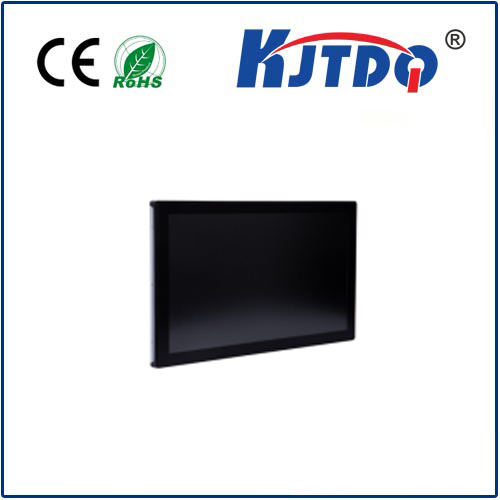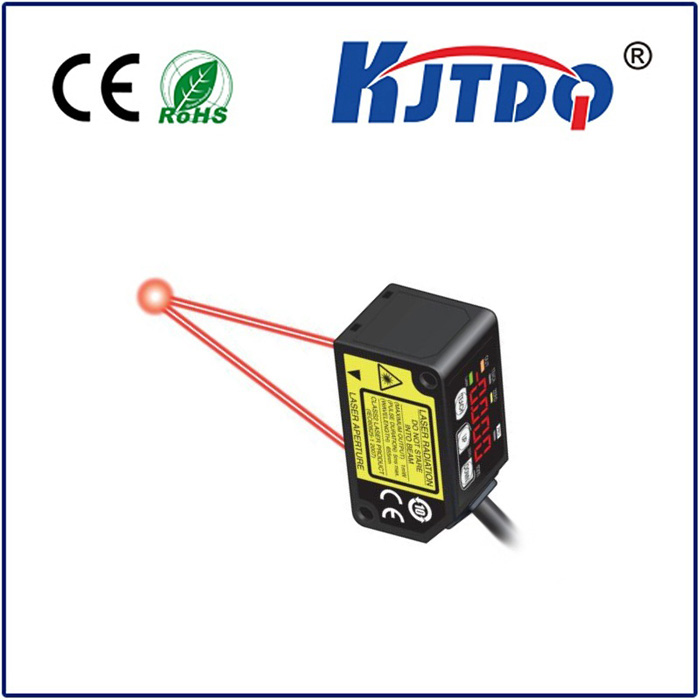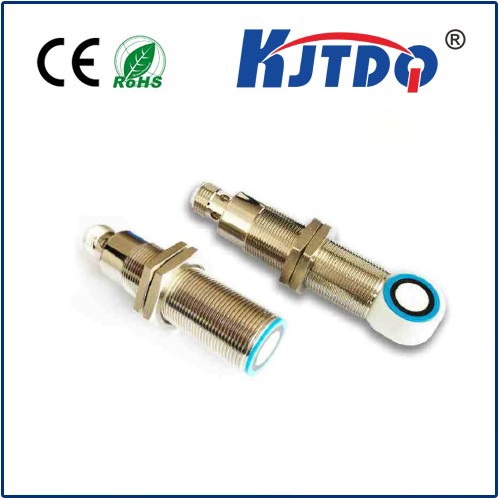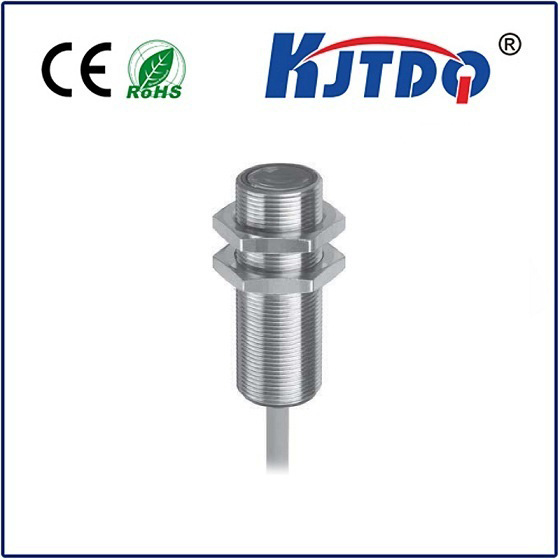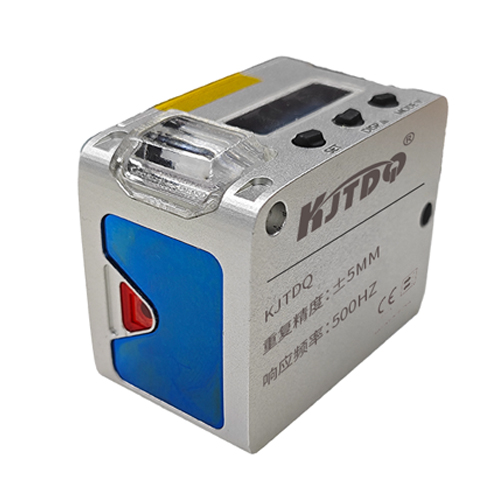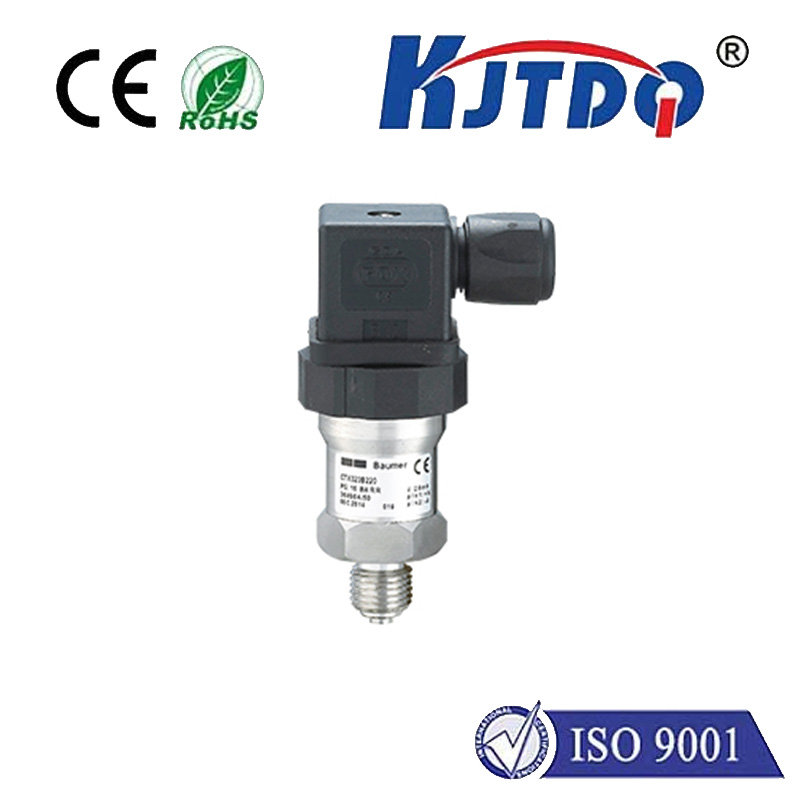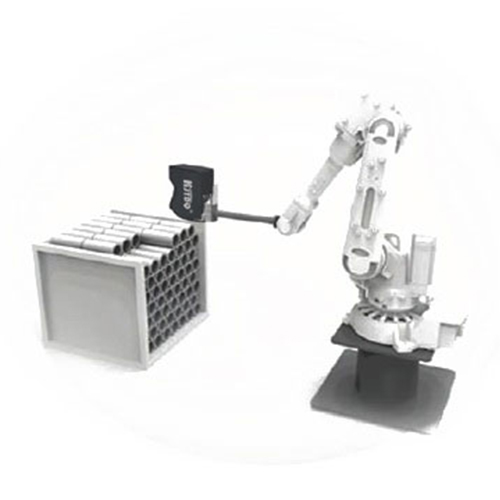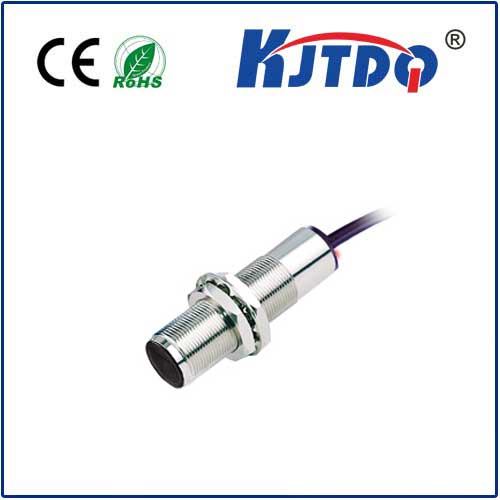Датчик лазерной решетки
- time:2025-09-08 15:02:20
- Нажмите:0
Laser Array Sensors: Powering Precision Measurement & Imaging Systems
Unveiling Precision: The Power of Laser Array Sensors in Modern Technology
Imagine robots navigating complex environments with superhuman dexterity, autonomous vehicles seamlessly perceiving the world in fog or rain, or manufacturing lines flawlessly inspecting components at lightning speed. Behind these technological marvels often lies a critical component: the Датчик лазерной решетки. More than just a single point of light, these sophisticated devices represent a leap forward in sensing capability, offering unparalleled speed, resolution, and reliability across diverse applications. This article delves into the world of laser array sensors, exploring their function, core advantages, and transformative impact.
Decoding the Laser Array Sensor
At its core, a Датчик лазерной решетки integrates multiple individual laser emitters and, frequently, corresponding detectors into a single, compact package. Unlike single-point lasers that scan sequentially, an array emits multiple beams simultaneously. This fundamental architecture unlocks significant performance advantages:

- Unmatched Speed and Throughput: By projecting numerous parallel measurement points or lines concurrently, laser arrays dramatically accelerate data acquisition. Parallel processing capability replaces the need for mechanical scanning in many applications, enabling real-time inspection and reaction crucial for high-speed production lines or dynamic environments like autonomous navigation.
- Enhanced Resolution and Detail: Densely packed emitter elements create a “point cloud” or structured light pattern far more detailed than a single scanning dot. This high spatial resolution allows sensors to capture intricate surface profiles, detect minute defects, or generate precise 3D maps with exceptional fidelity.
- Improved Robustness and Reliability: Eliminating complex moving parts (like galvanometer mirrors used in scanning systems) inherent to many single-laser solutions significantly enhances sensor longevity and reliability. With no mechanics to wear out or misalign, laser arrays offer robust performance in demanding industrial settings with vibration, dust, and temperature variations.
- Greater Design Flexibility: Beam shaping and steering capabilities inherent in certain array technologies (like VCSEL arrays) allow for tailored illumination patterns—lines, grids, complex structures—optimized for specific measurement tasks without external optics, simplifying system integration.
Core Components and Functionality
A typical Датчик лазерной решетки system involves several key elements working in concert:
- Laser Emitter Array: Often based on Vertical-Cavity Surface-Emitting Laser (VCSEL) or edge-emitting laser diode technology. VCSELs are particularly popular due to their low power consumption, high modulation speed, ability to form dense 2D arrays easily, and inherent beam quality. The array projects the structured light pattern.
- Optics (Optional): Collimating lenses or diffractive optical elements (DOEs) may refine the emitted beams to create precise patterns (e.g., uniform lines, dot matrices, complex grids).
- Detector Array: Usually a high-speed CMOS or CCD image sensor positioned to capture the light pattern reflected or scattered back from the target object.
- Processing Unit: Sophisticated algorithms analyze the deformation, displacement, or timing (time-of-flight principle) of the projected pattern captured by the detector. This analysis extracts crucial data points: distance, height, profile, presence, or absence.
Where Laser Array Sensors Shine: Key Applications
The unique capabilities of laser array sensors make them indispensable across numerous cutting-edge fields:
- Autonomous Vehicles (AVs) and ADAS: They are the heart of many modern LiDAR systems. Emitting thousands of points simultaneously enables rapid, high-resolution 3D mapping of the vehicle’s surroundings, vital for obstacle detection, path planning, and navigation in all weather conditions. Array-based LiDAR offers significant scalability and cost-down potential compared to mechanical scanning LiDAR.
- Industrial Robotics and Automation: From precise bin picking guided by 3D vision to real-time weld seam tracking and collaborative robot safety zones, laser array sensors provide the fast, accurate spatial awareness robots need to interact intelligently and safely with their environment and objects.
- Precision Metrology and Quality Control: High-speed, non-contact measurement is paramount here. Laser arrays excel at tasks like verifying component dimensions, inspecting surface flatness, detecting cracks or dents, measuring fill levels, and ensuring perfect alignment on assembly lines with micron-level accuracy.
- Gesture Recognition and Consumer Electronics: Compact laser array sensors, particularly VCSEL-based ones combined with detectors, power the depth-sensing capabilities in smartphones (face ID, portrait mode), AR/VR headsets for spatial tracking, and interactive gesture controls in devices.
- Scientific Research and Sensing: Applications range from atmospheric sensing and wind speed measurement (LIDAR) to biomedical imaging and particle analysis, leveraging the high precision and configurability of array-based laser sources.
Selecting the Right Laser Array Sensor
Choosing the optimal Датчик лазерной решетки requires careful consideration of several factors:
- Required Resolution: Points per frame or line density needed for the task.
- Measurement Range: Minimum and maximum distance to target.
- Field of View: Angular coverage required.
- Operating Speed: Frame rate or data acquisition rate.
- Environmental Conditions: Resistance to dust, moisture, vibration, temperature extremes.
- Interface and Integration: Compatibility with existing control systems (Ethernet, EtherCAT, IO-Link, etc.).
- Light Source Type: VCSEL vs. Edge Emitter – considering power, speed, beam quality, and cost.
- Sensing Principle: Triangulation, time-of-flight, interferometry – each suited to different range, accuracy, and environmental needs.
Выводы
The Датчик лазерной решетки represents a powerful convergence of photonics, electronics, and advanced processing. By overcoming the limitations of single-point lasers through parallelization, robustness, and high resolution, these devices are fundamentally enabling the next generation of automation, autonomy, and precision measurement. As manufacturing techniques advance and costs decrease, their influence will only broaden, solidifying their role as a cornerstone technology for industries striving for greater efficiency, safety, and insight. Understanding their principles and capabilities is essential for engineers and innovators looking to leverage cutting-edge sensing solutions.


